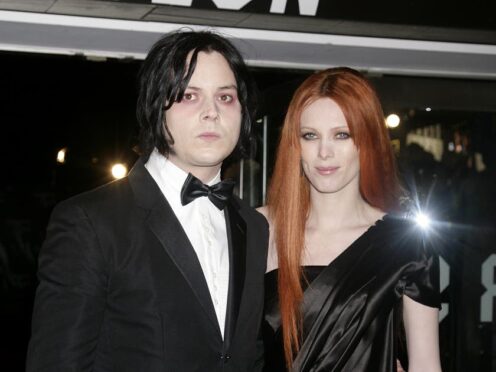Model and musician Karen Elson has said she and her ex-husband, Jack White, attempted to do the “Goopy conscious-uncoupling thing” during their divorce but the approach failed.
The couple married in 2005 but divorced in 2013 and co-parent two teenage children.
The 42-year-old catwalk star, from Oldham in Lancashire, told Harper’s Bazaar UK the former White Stripes frontman is now a “dear friend”.

Conscious uncoupling came to prominence when Hollywood actress Gwyneth Paltrow, who runs the lifestyle brand Goop, and Coldplay frontman Chris Martin used the phrase in a statement announcing their divorce in March 2014.
Elson said: “Every divorce has its challenging moments. We first tried to do the Goopy conscious-uncoupling thing.
“That all fell on its head, but now I can wholeheartedly say that my ex-husband is a dear friend and someone I love.
“I look at him and think ‘You’re my family’. I know him as ‘Dad’ – I roll my eyes at his dad jokes and I offer him advice when our teenagers are giving him grief.
“Our relationship is purely that of parents.”
Elson, who has modelled for designers including Chanel, Versace and Gucci, suggested she sometimes posed for nude portraits early in her career because she felt unable to say no.

She said: “Fifty percent of the time, I did them because I felt I didn’t have the right to say no.
“I just wanted everyone to be happy, and that was more important to me than my own discomfort. And it tied in to my body dysmorphia.
“Everyone loved my body when my clothes were off, but when I had to squeeze into a pair of tight pants, they were shaming me…
“I just wanted to be liked and have everyone think I was beautiful.
“Unfortunately, sometimes you’ll put yourself through terrible things to have that validated.”
– The February issue of Harper’s Bazaar UK is on sale from January 6.
